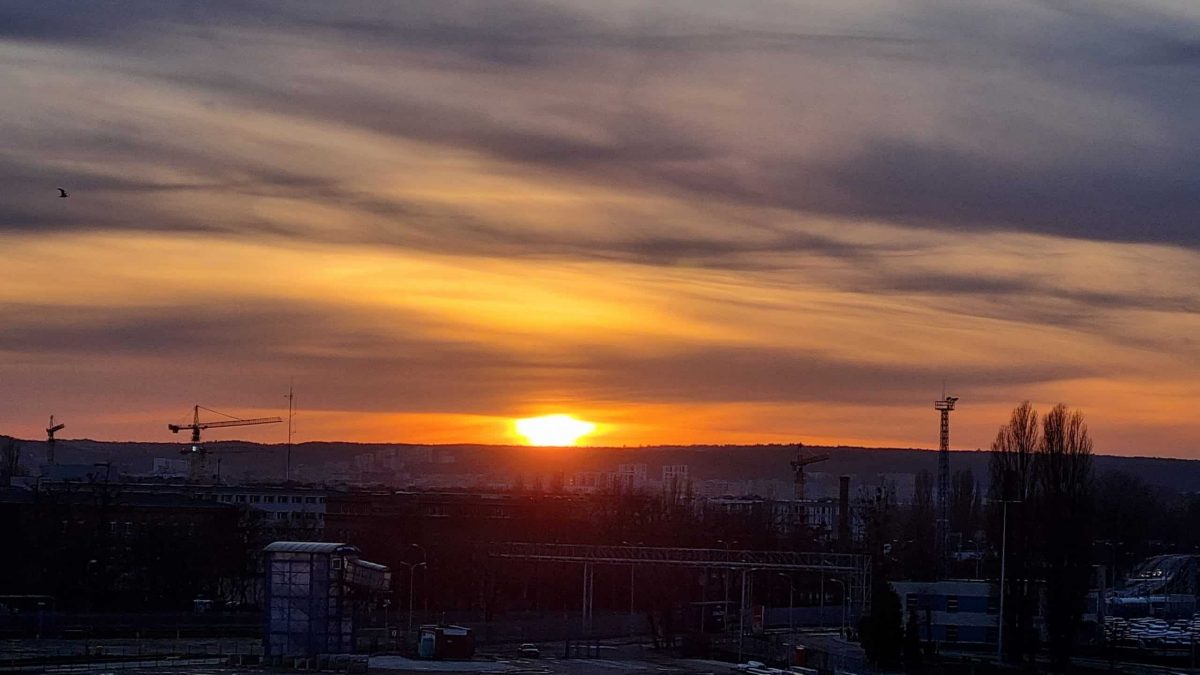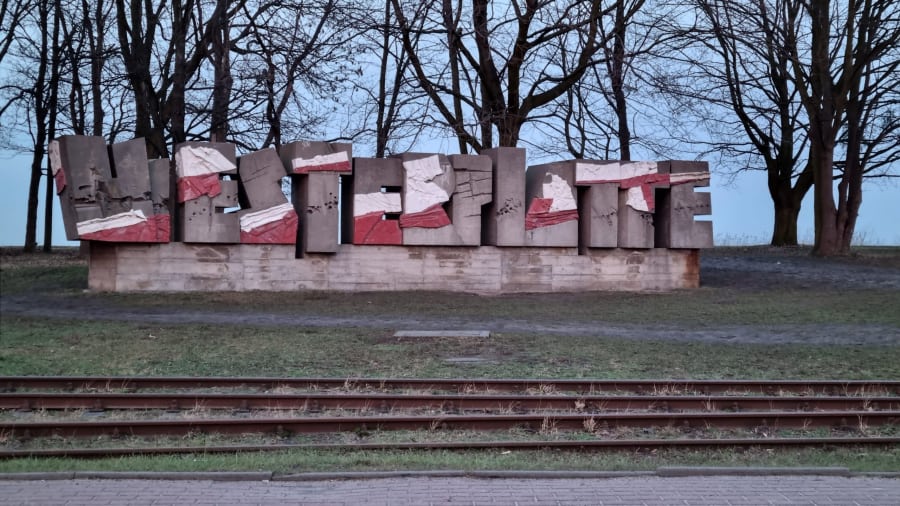I stopped off in Westerplatte on the way back to Gdańsk after a short visit to Elbląg. I wanted to see the site where some of the opening shots of the Second World War were exchanged. Frankly, the area could do with a little tidying up. Nevertheless, you should still visit Westerplatte on your trip to Gdańsk.
Where is Westerplatte?
Westerplatte is a large protective peninsula shielding Gdańsk’s Nowy Port district to its south.
It’s located around 11 kilometres away from the city centre of Gdańsk.
How to get to Westerplatte from the centre of Gdańsk
Take bus 106 or 138 from Gdańsk Central Station (Gdańsk Główny railway station) to the last stop – Westerplatte 01.
The journey takes around 30 minutes.
The Battle of Westerplatte | Key points
- Westerplatte achieved infamy as the military zone where some of the opening shots of WWII were exchanged
- Prior to 1939, the peninsula was developed as a health resort
- On March 14, 1924, Westerplatte was designated as a place where military equipment and ammunition could be unloaded, stored and transported
- Poland took over the Westerplatte peninsula on October 31, 1925
- Over the next 14 years, Westerplatte grew from an 88-person guard unit into a huge defensive fort
- In the years 1933-1934, five guardhouses (reinforced and armed) were erected on Westerplatte
- Between 1934-1936, modern barracks (the Military Transport Depot) were built to meet the needs of troops. There were around 200 troops stationed here by 1939
- Hitler realised that Westerplatte held huge strategic importance
- At 4:48am, on September 1, 1939, the German battleship Schleswig-Holstein began shelling Westerplatte
- The Polish navy was caught out in the Bay of Gdańsk. Meanwhile, the bulk of the air support from Puck was destroyed on the ground
- Incredibly, the troops on Westerplatte continued to hold out despite coming under intense bombardment by air, sea and 3,500 ground troops.
- On September 7, lack of water, ammunition and medical supplies convinced the Polish commanding officer, Major Henryk Sucharski, to surrender
- Sucharski and his troops left Westerplatte to salutes from their captors in recognition of their bravery. Remarkably, only fifteen Polish soldiers lost their lives
The Westerplatte Monument
The Westerplatte Monument was constructed between 1964-1966 to honour the Polish defenders of the Military Transit Depot (Wojskowa Składnica Tranzytowa, or WST) in the Battle of Westerplatte.
The monument includes inscriptions which pay tribute to the defence of the Polish sea coast and the naval battles of WWII in which Polish sailors and soldiers fought. The Battles of Lenino, Studzianki and Kołobrzeg are also inscribed.
The shape of the monument resembles in its appearance a jagged bayonet impaled in the ground.
Visit Westerplatte on your trip to Gdańsk
To see Guardhouse Number 1, which houses a small museum, ruins of military barracks and the Westerplatte Monument, it shouldn’t take you much more than an hour.
Regardless of the length of time you can devote to ambling around this historical area, you simply have to visit Westerplatte on your trip to Gdańsk.
To feel the history.
You might even catch a gorgeous sunset over the Dead Vistula – one of the branches of the Vistula river – close to Westerplatte ferry terminal.


